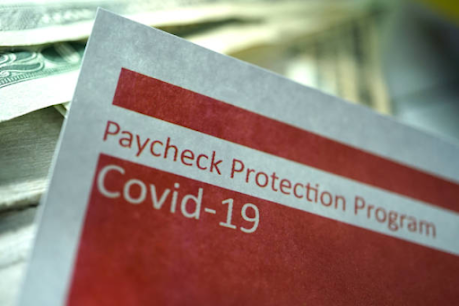All About ERC And ERC Benefits?
Small companies are critical to the American economy. In general, 99.9% of all enterprises in the United States classify as small businesses, including startups, which employ over half of the workforce. As a result, small enterprises constitute the backbone and lifeblood of the American economy.
However, small businesses have been among the most damaged by the pandemic. As a result, the government must take the appropriate steps to preserve the earning segment of its workforce.
As a consequence, on March 27, 2020, the US government signed the CARES act. ERC is a business relief program or payroll funding for small businesses under the CARES Act ( Employee Retention Credit).
The ERC's primary goal is to assist small firms in retaining permanent personnel. So that they may continue to operate their businesses, before we get into the ERC benefits, let's define the ERC.
What Exactly Is ERC?
ERC is a refundable tax credit against specific employment taxes, such as Social Security and Medicare, that would otherwise be deposited. Employers can keep up to 50% of eligible earnings earned after March 12, 2020, but before January 1, 2021.
For all calendar quarters of 2020 and the first calendar quarter of 2021, the qualifying employer can consider a maximum of $10,000 for each employee. As a result, a business's maximum credit to its employee is $5000.
ERC Benefits
In 2021, firms can claim a 70% tax credit on up to $10,000 of an eligible employee's income under the Employee Retention Tax Credit. The maximum credit for each employee is around $7,000 every quarter.
In 2020, the refundable credit was a 50% tax credit of up to $5,000 of an employee's yearly salary. To summarise, this tax credit may save your company significant money in taxes.
The ERC reduces your Social Security tax due.
The ERC lowers an employer's Social Security tax liability. How does this work?
You are allowed a refund if your ERC credit exceeds your Social Security tax liability. At the end of the quarter, the amount of these credits is reconciled on the employer's Form 941.
A wide range of industries can benefit from the tax credit.
This is one of the most appealing aspects of the Employee Retention Tax Credit. The IRS has created criteria for determining whether businesses in specific industries qualify. Tax-exempt organizations, private-sector groups, and nonprofit organizations are examples of these.
Colleges and universities, for example, may be eligible for the credit. Finally, healthcare-related businesses may qualify for tax incentives. It may be tough to determine whether your business qualifies independently, so consult your ERC specialist.
Employers have immediate access to credit.
Employers who qualify can have quick access to the credit. Qualifying for ERC might allow an employer to reduce the number of tax deposits that they would otherwise have to pay. In other words, employers can be liable for social security taxes.
Employers Can Keep Their Long-Term Employees.
As previously stated, the major goal of the ERC is to allow firms to keep their permanent staff. ERC allows the employer to reduce various tax contributions that make up most of the payroll.
ERC is available for a large number of employees.
Employers of various sizes can claim payroll tax savings for various employee counts. A small firm, for example, can claim ERC on all of its employees' salaries. Furthermore, the CARES Act defines a small employer as employing 100 or fewer individuals.
If your firm employs more than 100 people, you can calculate and claim an Employee Retention Tax Credit on some of them. However, such personnel must fall under the "not working" category.
What exactly does this entail? Unfortunately, this may take many different forms. To best understand the complete procedure, speak with competent counsel. If you want a hassle-free ERC claim, make an ERC call to ERC professionals by visiting Claimer Ccredit's website. They offer the greatest service since they don't let you burn your fingertips and keep you updated on the status of your file. Not only this, but they also have an ERC article in which they let you know the complete information on ERC.




Comments
Post a Comment